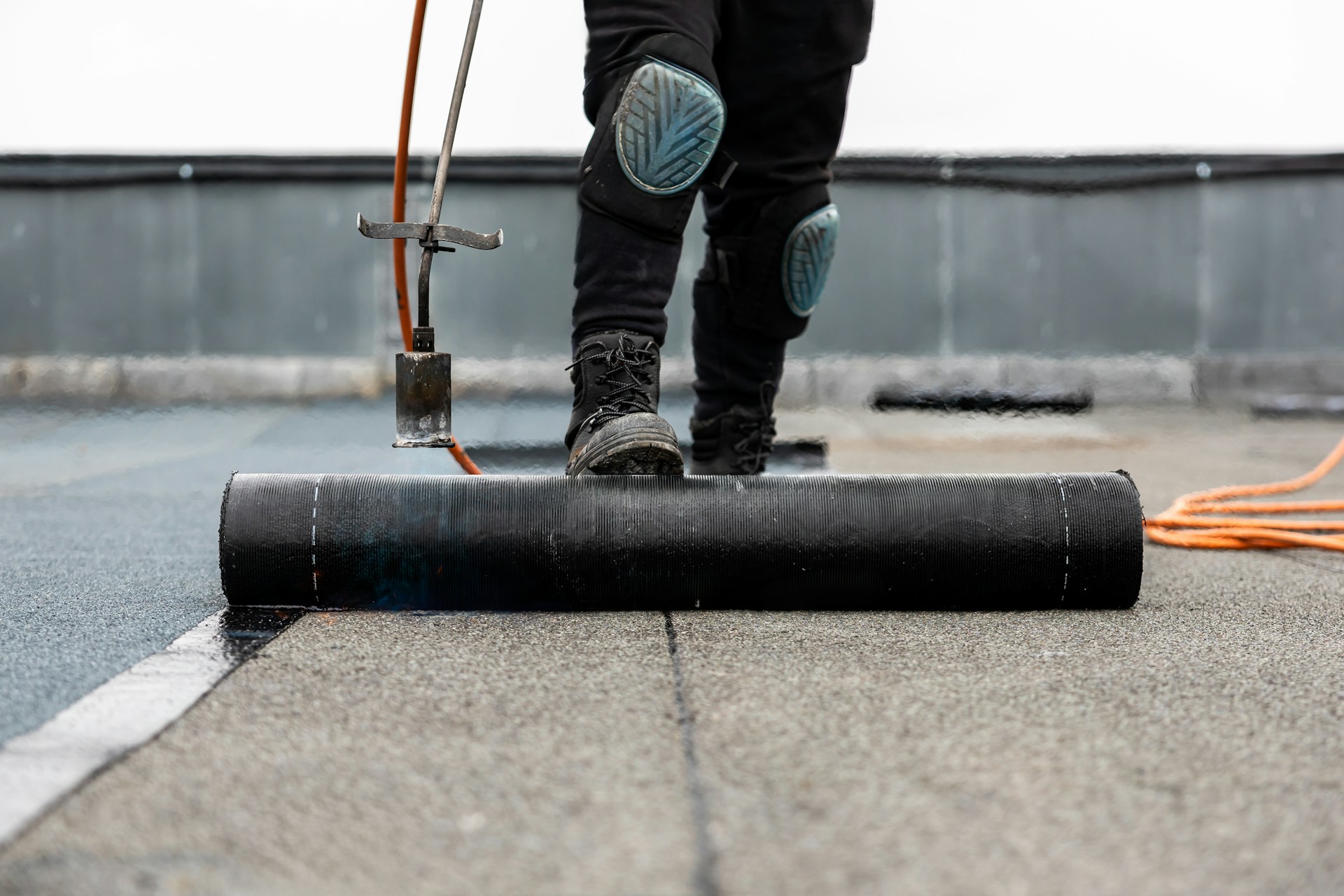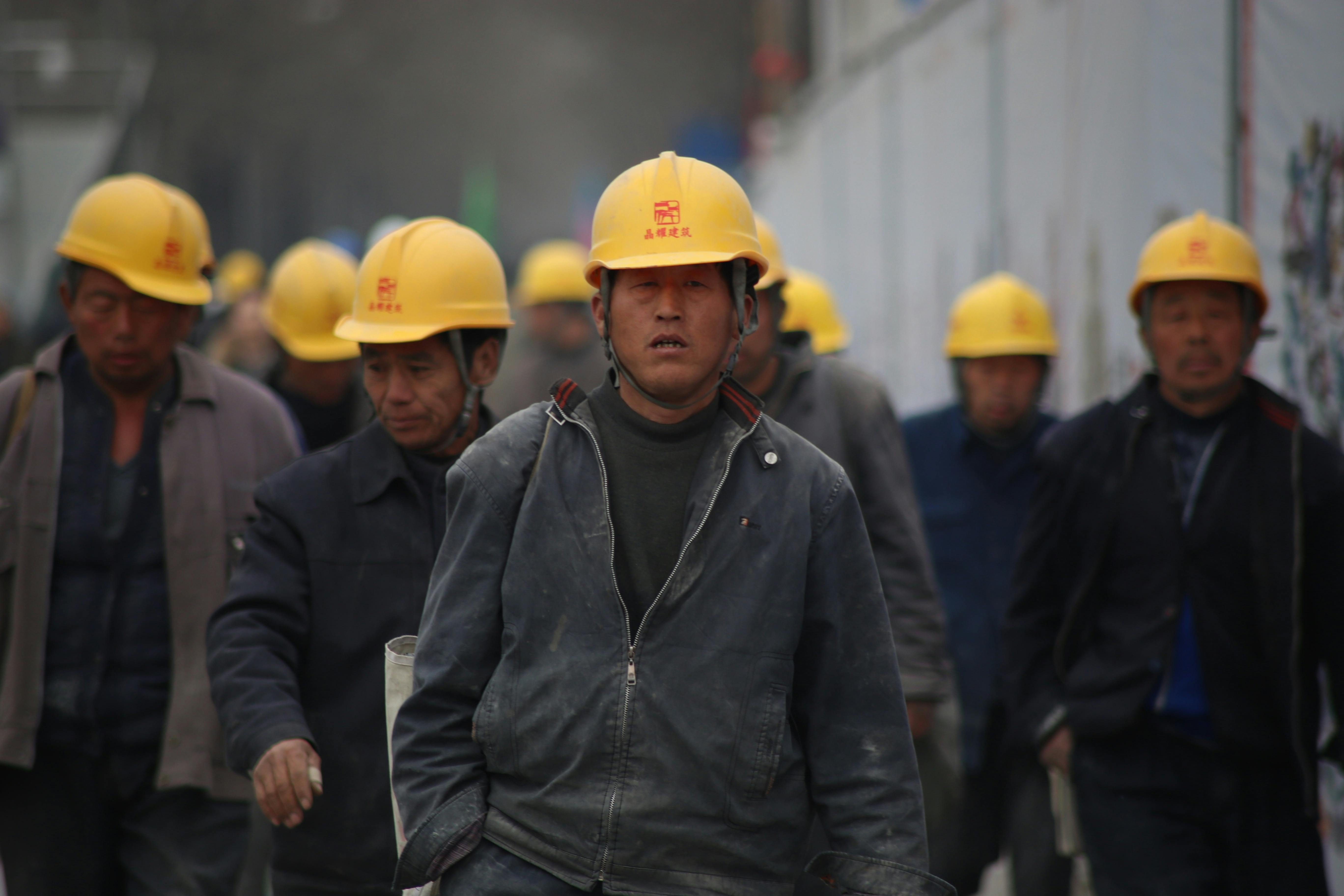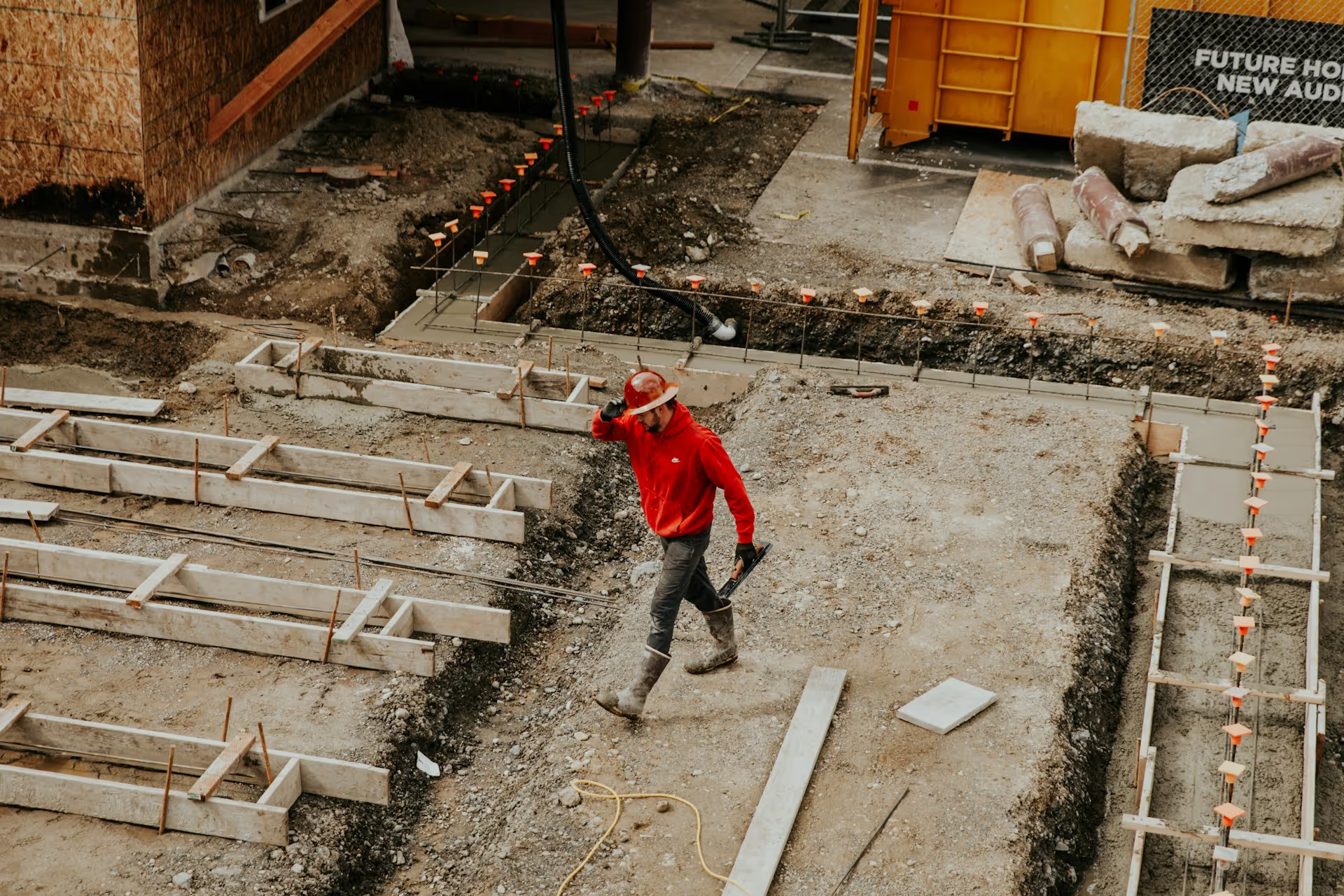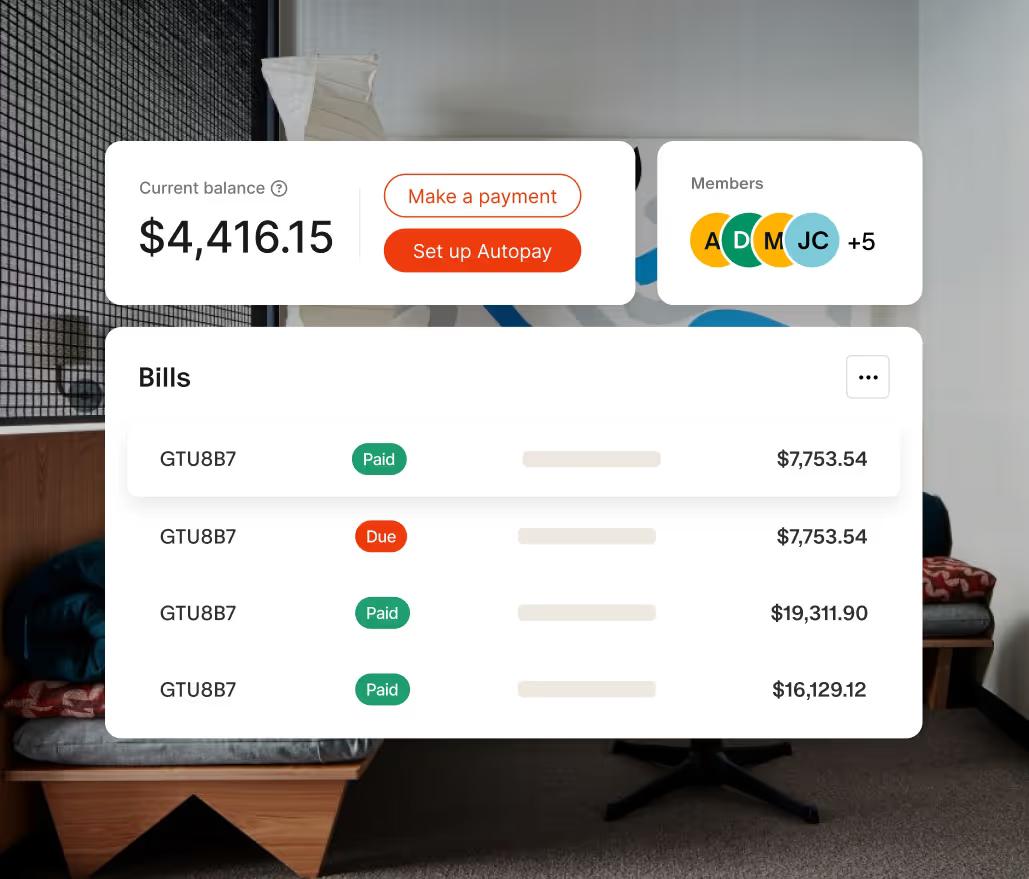Temporary Accommodation on Construction Sites: Keep Crews Close, Safe, and On Budget

Your crew spends two hours driving to the job site every morning. That's two hours of lost productivity, burned fuel, and worn-out workers before the day even starts. By afternoon, they're thinking about the long drive home instead of finishing the pour.
Hotel bills are eating 15-20% of your project budget. You're paying $150 per night per worker for basic rooms an hour away from the site. Multiply that by a 20-person crew over six months, and you're looking at $540,000 just for beds. That's money that should go toward equipment, materials, or profit.
Smart construction managers house crews near the work. They use temporary accommodation to keep teams close, rested, and focused on the job instead of the commute. Managing travel time pay alone can save thousands per project.
What Are the Benefits of Temporary Accommodation on Construction Sites?
Temporary on-site accommodation is short-term housing placed directly on or close to the construction site for workers during project duration.
This includes modular units, RV setups, and worker camps positioned within the project boundaries to eliminate commutes entirely and maximize productivity. Other benefits can include:
- Reduced commute time - Workers walk to the job site in minutes, not hours
- Lower turnover - No more losing workers to long-distance travel requirements
- Cost savings - Beats hotel rates and eliminates fuel allowances
- Better safety outcomes - Well-rested workers have fewer accidents than exhausted commuters
- Increased daily productivity - Crews start work on time and stay focused without travel stress
- Stronger team cohesion - Workers living and working together develop better communication
- Complete weather protection - Crews stay comfortable between shifts during harsh conditions
- Total site security - Workers, equipment, and materials stay protected in one location
Choose the Right On-Site Housing for Your Crew
You've got three main ways to house crews on-site. Each trades cost, setup time, and capacity differently. Pick based on your crew size, project length, and site constraints, not what looks good in the sales brochure.
Modular Housing Units
Modular housing units offer the most flexibility for on-site accommodation. These factory-built units arrive fully wired and plumbed. Options range from basic single-room setups to multi-bedroom configurations with full kitchens and bathrooms.
Setup typically takes 2-3 days once utilities are prepared. You'll handle permits, site preparation, and higher upfront costs compared to other options.
Units stack or connect for larger crews. Quality manufacturers build them to withstand job site conditions including weather, dust, and vibration from heavy equipment.
Standard modular units house 1-4 workers each. Shared common areas are available for larger installations. Insulation handles extreme temperatures. Reinforced construction meets wind load requirements for most regions. Lease or purchase options work for different project timelines.
RV and Travel Trailer Setups
RV and travel trailer setups work well for smaller crews or projects with existing utility hookups. Standard RVs provide immediate housing with built-in kitchens, bathrooms, and sleeping areas.
Travel trailers offer more space per dollar but require separate towing and setup. Both options give you mobility if the work site shifts during the project. Space is limited and weather can be rough on older units.
RV parks on construction sites need proper electrical service (30-50 amp), water, and sewer connections for each unit. Gravel pads prevent mud and provide stable parking.
Most construction-grade RVs handle jobsite conditions better than recreational models. Expect more maintenance issues than permanent structures.
Worker Camps and Village Setups
Worker camps and village setups scale to large crews on major projects. Full-service camps include dining facilities, recreation areas, and maintenance services.
These installations work best for projects lasting 12+ months with stable crew sizes over 50 people. The upfront investment and logistics require dedicated management or professional camp operators.
Camp layouts typically feature individual sleeping quarters, shared bathrooms, common dining areas, and recreational facilities. Professional camp operators handle food service, housekeeping, and maintenance. This lets you focus on construction work. Security, medical facilities, and administrative offices integrate into larger camps.
When Off-Site Makes Sense
Some projects can't accommodate on-site housing due to space constraints, zoning restrictions, or safety requirements.
Extended-stay hotels and rental properties within 15 minutes of the site work for these situations. You lose the productivity and cost benefits of on-site accommodation.
Traditional hotels serve as backup when on-site housing isn't available or for short-term projects under 6 weeks. Hotels cost more and eliminate most accommodation benefits. They provide flexibility for unexpected project changes.
Calculate Your On-Site Accommodation Costs
On-site housing isn't just the unit rental. Site prep, utilities, permits, and cleanup costs often get forgotten in budgets.
Site Preparation Costs
Site preparation costs add 15-25% to your accommodation budget. You need level ground, proper drainage, and utility access before units arrive. Soil testing, grading, utility trenching, and access road construction happen before the first worker moves in.
Utility Connections
Utility connections for on-site housing range from $300 for simple hookups to $3,000 for remote sites requiring new infrastructure.
Distance from existing power, water, and sewer lines drives these costs. A site 500 feet from utilities costs far less than one requiring 2 miles of new electrical service.
Permit Fees and Timeline
Permit fees vary widely by jurisdiction. Rural counties might charge $500 for temporary housing permits. Urban areas with strict zoning can hit $5,000 or more.
Factor in inspection fees, impact assessments, and administrative costs. Regulated areas often need 3-6 months for permit approval, so plan accordingly.
End-of-Project Removal and Restoration
End-of-project removal and restoration costs often catch managers by surprise. You're responsible for dismantling units, restoring original site conditions, and disposing of utilities. This typically costs 10-15% of total accommodation investment.
Cut Costs with Smart Planning
Cost optimization strategies for on-site accommodation include:
- Coordinate unit purchases across multiple projects for volume discounts
- Standardize on specific unit types to simplify maintenance
- Plan seasonal moves between projects to maximize utilization
- Buy quality temporary housing units that provide 5-7 years of service when properly maintained

Plan On-Site Accommodation That Delivers Results
Follow these five steps to plan on-site accommodation that keeps crews happy, stays within budget, and avoids costly surprises.
1. Assess Site Feasibility
Start with soil conditions and utility access to determine if on-site housing is viable. Sandy or rocky soil needs minimal preparation for modular units and RV pads. Clay or wetland sites require extensive drainage and stabilization work that can double setup costs.
Check proximity to existing power, water, and sewer infrastructure. This drives 30-50% of setup costs. Internet connectivity matters for both work communication and crew morale. Plan for high-speed internet as a utility, not an afterthought.
Research zoning restrictions early. Many jurisdictions prohibit temporary housing in industrial zones or limit occupancy duration. Engage with planning departments before ordering units to avoid costly surprises.
2. Research Legal Requirements and Permits
Understand legal requirements before designing your layout. Federal OSHA standards apply everywhere. Local health departments, fire marshals, and building inspectors add specific requirements. Some areas mandate minimum square footage per occupant. Others require commercial-grade facilities.
Environmental regulations apply to on-site housing just like permanent construction. Factor stormwater management, waste disposal, and noise ordinances into your planning. Include compliance costs in early budgets to avoid surprises.
3. Design Site Layout and Positioning
Position housing close enough for easy access but far enough from work zones to minimize noise and safety conflicts. Account for vehicle traffic patterns, equipment storage, and emergency access routes.
Plan for future expansion by designing flexible layouts. Consider how housing placement affects both current operations and potential project changes.
4. Plan Utility Infrastructure
Design utility distribution within the housing area with future expansion in mind. Install electrical and water distribution with extra capacity for additional units. Centralized utility connections cost less than individual hookups for each unit.
Plan underground utilities with proper depth and protection from construction traffic. Include shut-off valves and separate meters for easier management.
5. Consider Workforce Needs
Plan housing based on crew requirements and preferences. Construction workers value privacy, quiet zones for different shift schedules, and secure storage for personal vehicles and equipment. Single-occupancy units reduce conflicts. Shared common areas build team relationships.
Food service planning matters more on remote sites. Full kitchen facilities in individual units work for smaller crews. Larger installations often benefit from centralized dining facilities, especially when crews work different shifts.
The Non-Negotiables Checklist for On-site Accommodation
Skip any of these requirements and your on-site housing setup will fail. Either through safety violations, cost overruns, or crew complaints that kill productivity.
Site Layout and Safety Distances
- Maintain minimum 50-foot buffers from heavy equipment operations
- Keep 25 feet from material storage areas
- Position housing for practical access without crossing work zones
- Plan clear evacuation routes separate from construction traffic
Utility Infrastructure Planning
- Confirm existing utility capacity can handle additional housing load
- Plan utility distribution with shut-off valves and separate meters
- Protect underground utilities from construction traffic damage
- Install with proper depth and access for maintenance
Emergency Access and Site Security
- Ensure emergency vehicles can reach housing without crossing work zones
- Establish controlled site access for workers and deliveries
- Install security lighting around housing and construction areas
- Plan perimeter fencing that protects both housing and work zones
Soil Conditions and Foundations
- Conduct soil testing in proposed housing areas for load-bearing capacity
- Plan proper drainage around housing to prevent mud and standing water
- Budget for additional site preparation on rocky or unstable soil
- Consider alternative housing locations if soil conditions are poor
Local Zoning and Permit Compliance
- Research local codes for temporary housing in industrial zones
- Obtain proper permits for temporary structures before delivery
- Check occupancy duration limits and renewal requirements
- Verify setback requirements from property lines and structures
Make the Right Choice for Construction Crew Housing
On-site temporary accommodation eliminates commutes, reduces turnover, and saves money on longer-term projects.
The key is planning early, budgeting for site preparation and utilities, and choosing housing options that match your project timeline and crew size.
On-site housing works best for projects with adequate space and utility access. When site constraints prevent on-site accommodation, off-site options within 15 minutes still beat long commutes.
Site preparation, permits, and utility connections take months to arrange. Early planning prevents delays and cost overruns that hurt project margins.
Ready to stop losing money on crew commutes?
Engine's corporate travel platform helps construction managers find and book extended-stay accommodations near job sites when on-site housing isn't possible. We handle the booking complexity so you can focus on building. Contact Engine today to see how we simplify crew accommodation for construction projects.














.jpg)

















